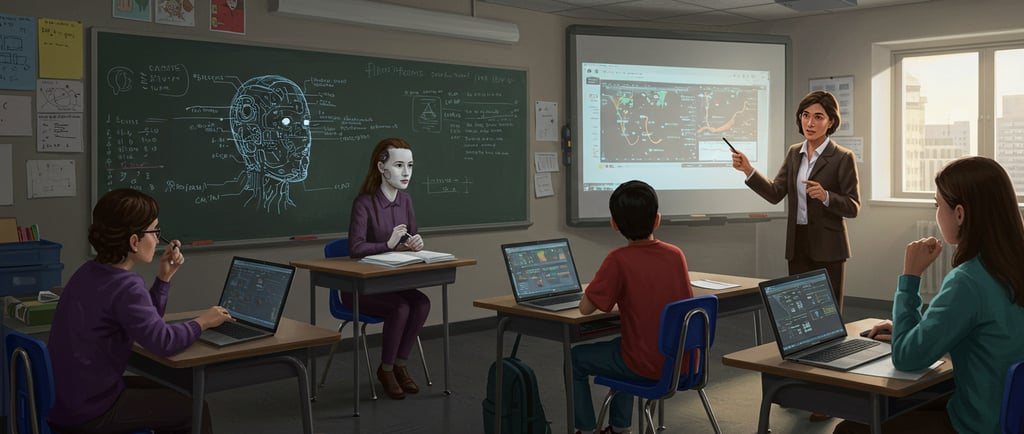AI in High Schools: The U.S. Government's Compulsory Move
Explore how the U.S. government's new initiative makes AI education mandatory in high schools. Learn what it means for students, teachers, and the future workforce.
Mezie "Killian Vader" Osuorah
4/28/20252 min read


Understanding the New Initiative
In a groundbreaking decision, the U.S. government has recently approved a mandate requiring artificial intelligence (AI) education in high schools across the nation. This move comes as part of a broader initiative to integrate technology into the educational system and prepare students for a future where AI plays a pivotal role in various industries. With AI becoming seamlessly embedded in everyday life, understanding its fundamentals is no longer optional; it's essential.
Why AI Education is Crucial
The need for AI education in high schools stems from the reality that our world is rapidly changing. From healthcare to finance, AI applications are revolutionizing how we live and work. Students equipped with knowledge about AI will not only understand the technology itself but also its ethical implications and potential consequences. Moreover, introducing AI in high schools can spark interest in STEM fields, encouraging the next generation of innovators and problem-solvers.
What This Means for Students and Educators
The mandatory inclusion of AI in the high school curriculum signifies that educators will need to adapt their teaching methods and materials. Schools will be tasked with developing comprehensive programs that will help students grasp the concept of machine learning, data analysis, and the broader impact of AI in society. This transition might seem daunting at first, but with the right resources and training, teachers can become effective facilitators of this critical subject matter.
This initiative is also expected to enhance critical thinking and creativity among students. As they explore AI technology, they will not only understand existing applications but also learn to conceptualize how AI can solve real-world problems. The hope is that future generations will approach AI with a balanced understanding of its benefits and challenges, allowing them to harness its power responsibly.
In conclusion, the U.S. government's decision to make AI education compulsory for high schools is a forward-thinking step that prepares students for an increasingly automated world. It promotes essential skills while igniting curiosity about technology that shapes our future. As this initiative rolls out, it will be exciting to see how students and educators embrace this opportunity and contribute to the ever-evolving landscape of artificial intelligence.
